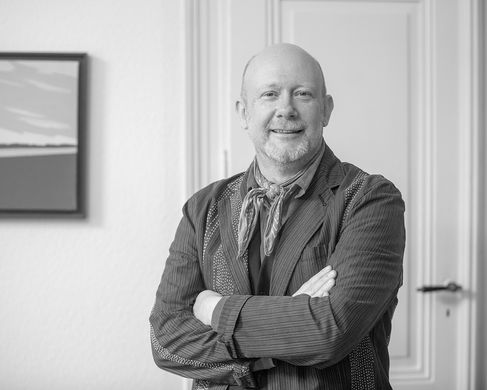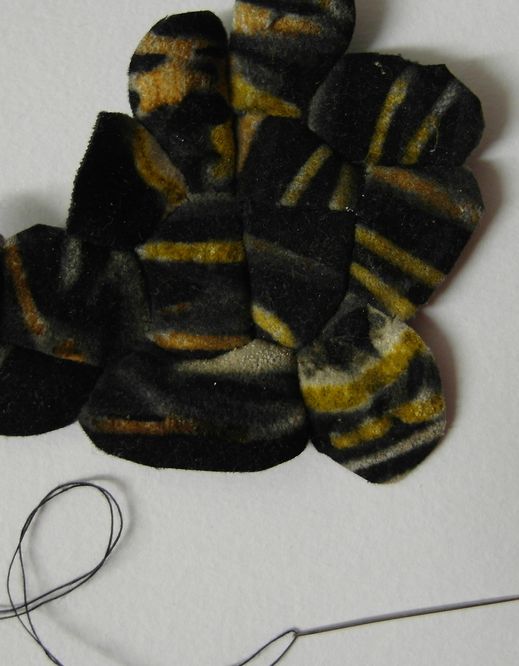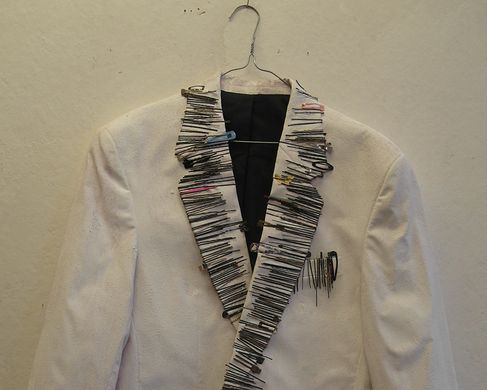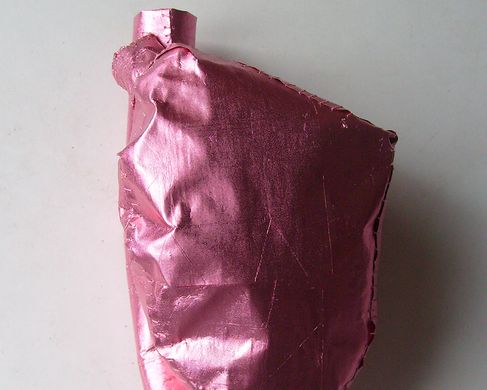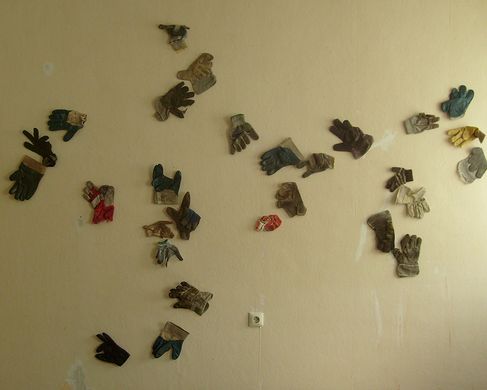The invention – during the Neolithic Age 20,000 years ago – of the bone needle with an eye is very important. Sewing represents a technique of great significance for human culture.
This workshop focuses, on the one hand, on recognising the cultural potential of textiles and developing ideas about their possibilities. On the other hand, various sewing techniques will be taught, in order to realise participants' own ideas. Students will learn how to refine their artistic expression through working with textiles.
Sewing in art allows a wide variety of possibilities, from miniature to large-format works. For some years now, sewing and other techniques using textiles have been increasingly in evidence, gaining importance. A role is played by the use of traditional materials, as well as the inclusion of atypical materials such as metal or plastic. Nowadays, attention focuses particularly on Japanese textile techniques.
Information
- Venue
- Festung Hohensalzburg
- Date
- 18. – 30. 8. 25
- Teaching language
- English (German and Japanese possible)
- Participation fee
- 670 Euro (reduced 495 Euro)
- Requirements
- The more experience a participant has in sewing and textiles, the deeper we can delve together into the subject matter. However, also people with no experience may take part and gain experience.
- What to bring
- Laptop, photo camera, textiles such as items of clothing, fabrics, used or new (bring something you like, as well as something you don't like), Japanese/Chinese paper, threads of various thicknesses and colours, needles in different sizes, pincushion with pins, scissors for fabrics and paper, ruler, measuring tape
- Maximum number of participants
- 20
Walter Bruno Brix
Walter Bruno Brix was born in Southern Germany. Throughout his life, a strong affinity with Japan has brought him many intensive encounters and amazing opportunities. While still apprenticed in a trade, he began producing art-works in which Japanese skills and traditions play a major role. After studying the language, he spent some time in Japan in order to make an intensive study of the local textile traditions. He spent several further periods there, to immerse himself in the art of paper-making and familiarise himself with the tradition of Buddhist textiles. Back in Europe, he used his knowledge for academic research into collections of Japanese – and later, Chinese and Korean – textiles. He produced catalogues, curated exhibitions in museums and shared his knowledge in seminars and workshops, drawing on his wide practical experience, which is enhanced by collaboration with artists and artisans such as Carter Smith, Hiroe Ogawa and Helmut Kunkel, and by his work for a Kunstverein in Cologne. In both his artistic and his academic work, handicraft remains his source of inspiration.
Exhibitions
2024 Second Life – Upcycling Kunst und Kunsthandwerk, Kreismuseum Zons (DE).
2021 Editz und Rosa Stein – Leben zwischen Judentum und Christenheit, Kirche Christi Auferstehung, Cologne (DE).
2020 Mit Stich und Faden, Museum August Macke, Bonn (DE).
2017 Die Sprachen des Textilen, Museum Villa Rot, Burgrieden (DE).
2014 Wanderlust Poste Restante, Atelier 301, Frankfurt (DE).
2014 Unclean Project, SomoS, Berlin.
2014 Kunstroute Ehrenfeld, als Gast im Atelier Boehm/Dohmen, Cologne.
2013 Gestickt eingefädelt, Galerie Hinterland, Vienna.
2013 Trügerisch, Frauenherzen, mit Peer Boehm, Museum für verwandte Kunst, Cologne.
2013 Poste Restante, tadlachance, Cuges (FR).
2013 Zedernduft und Frühlingsnebel, Kimonoausstellung, Tenri, Cologne.
2013 Eleonore Prochaska, Stadtarchiv Danneberg (DE).
2013 Alter Angle, SomoS, Berlin.
2013 Privat, 68elf e.V., Cologne.
2013 Spuren und Schatten, Museum für Asiatische Kunst, Berlin.
2012 Das seh ich anders – Dank dir, 68elf e.V., Cologne.
2012 Finale, Kunstraum 22, Cologne.
2012 It’s raining men, Ausstellungsraum Jürgen Bahr, Cologne.
2011 Mein Liebling, 68elf e.V., Cologne.
2011 Ist es am Rhein so schön?, 68elf e.V., Cologne.
2011 Fadenspiel, Kunstraum pro arte, Hallein (AT).
2011 Der andere Blick, 68elf e.V, Cologne.
2011 Reliquien aus dem Paradies, Stadtmuseum Neuötting (DE).
2010 Mapping the Body, Ausstellungsraum Jürgen Bahr, Cologne.
2010 Heimat, Kunstraum sixteen, Zug (CH).
